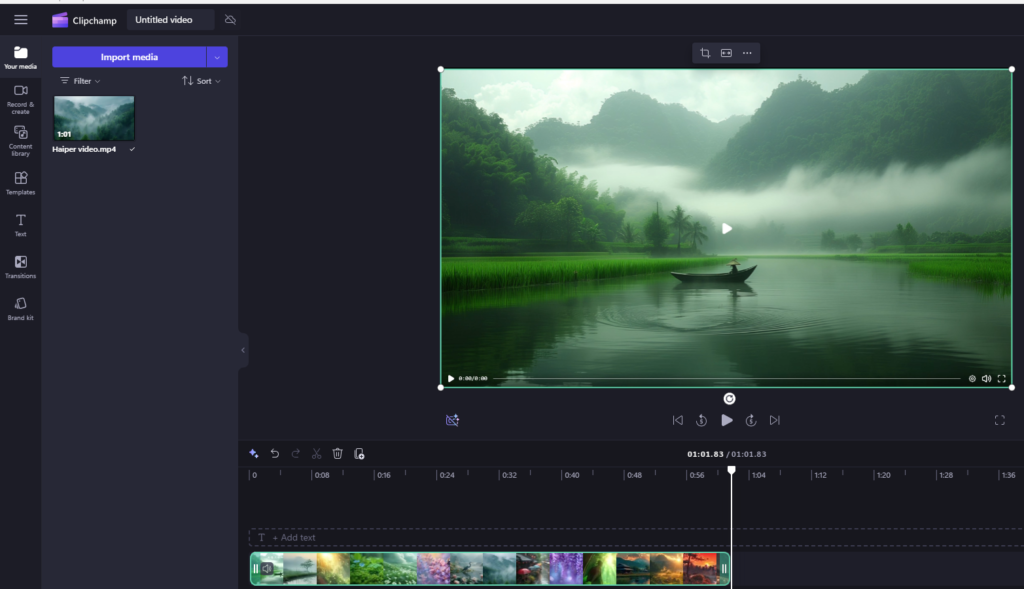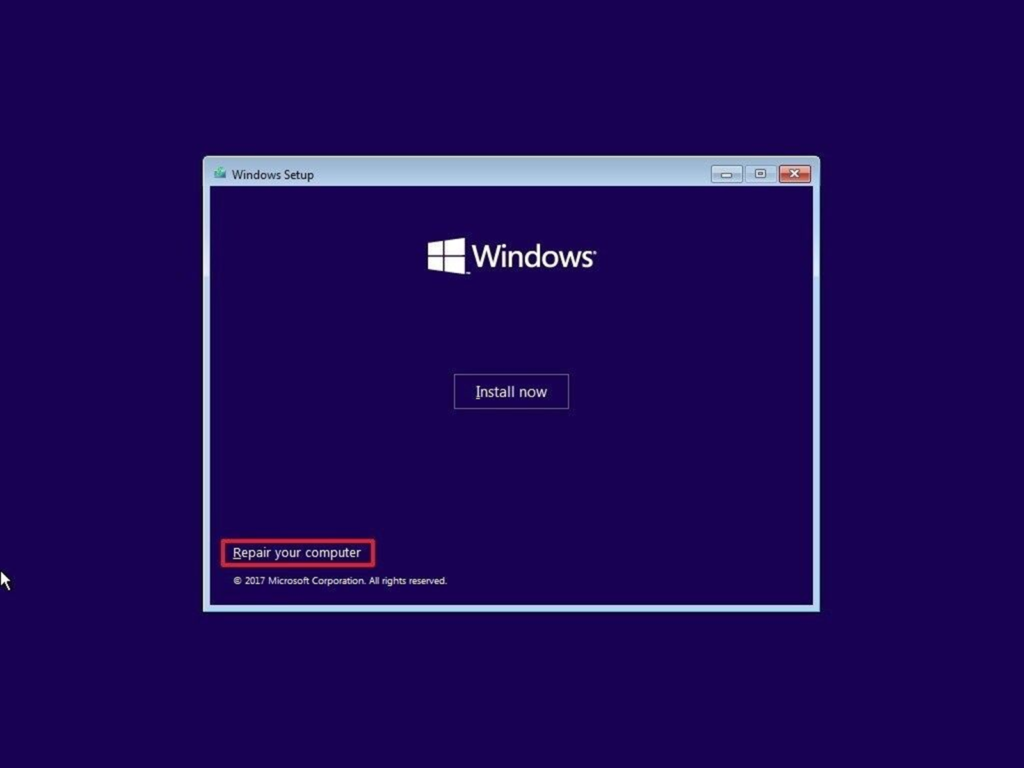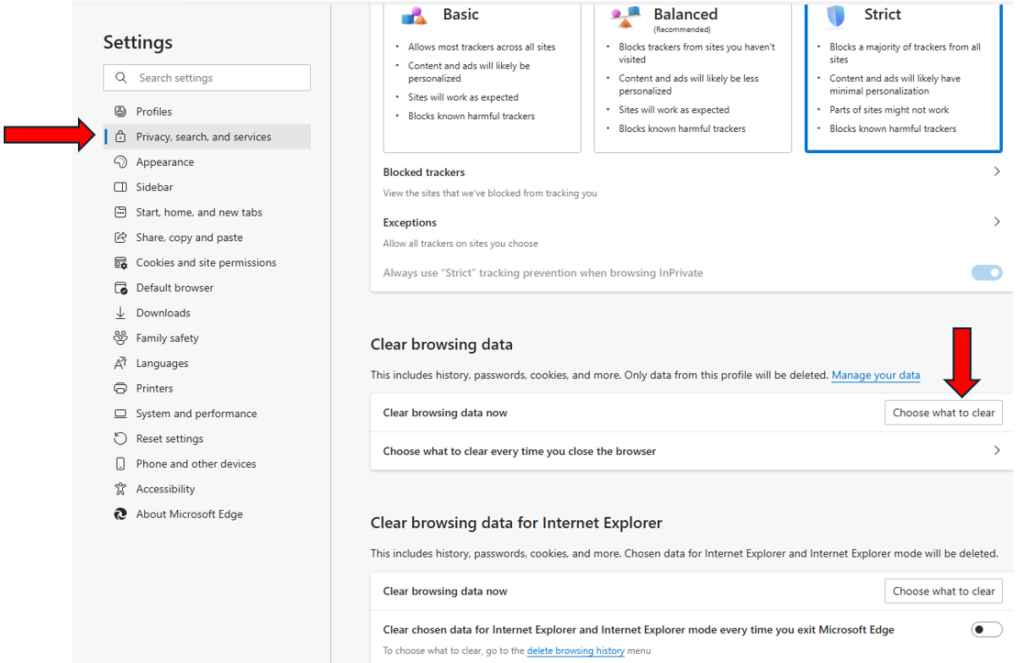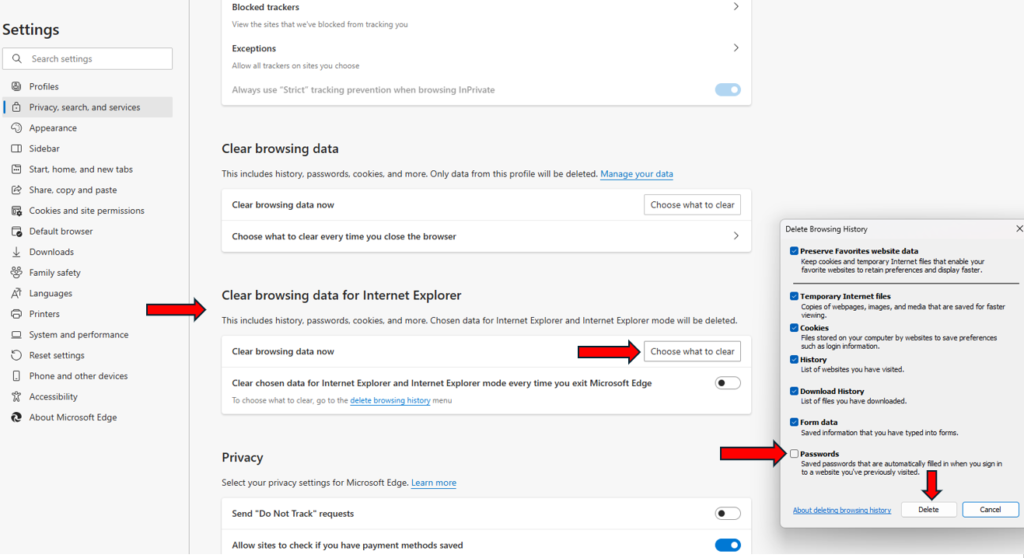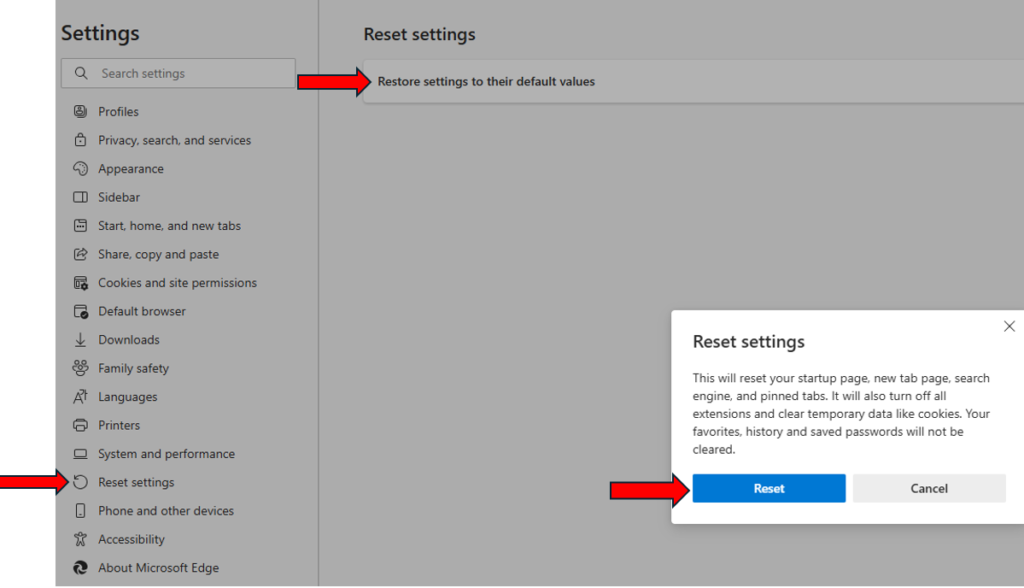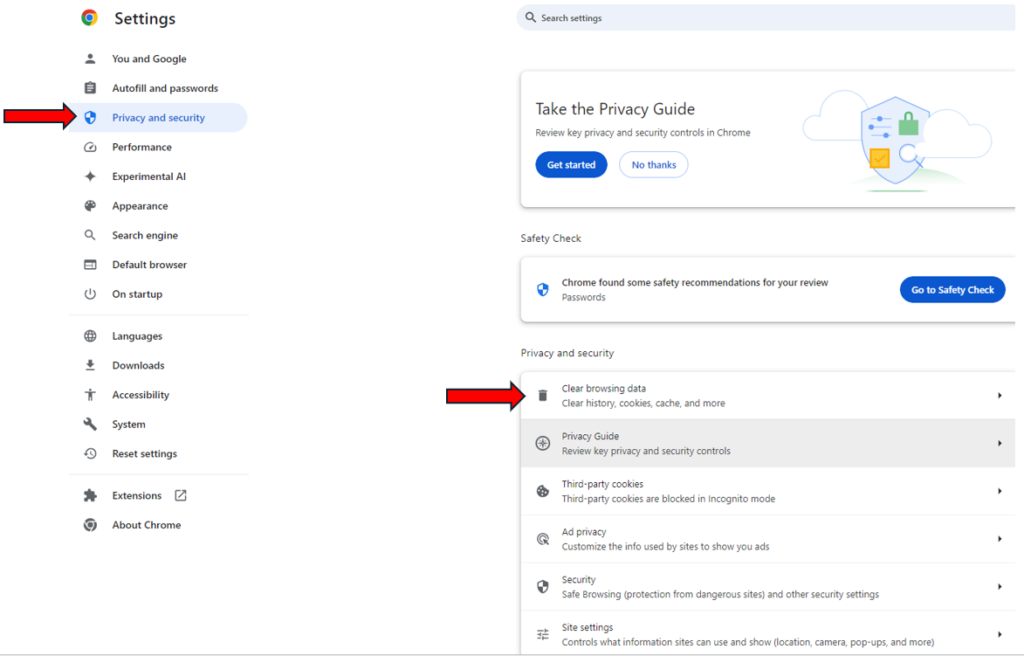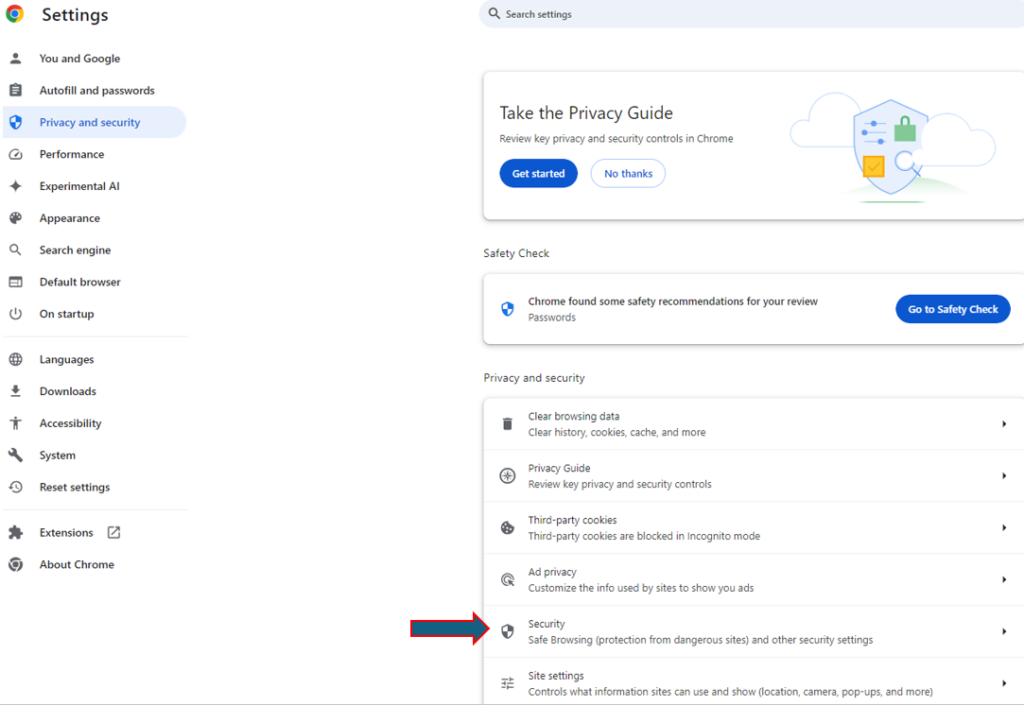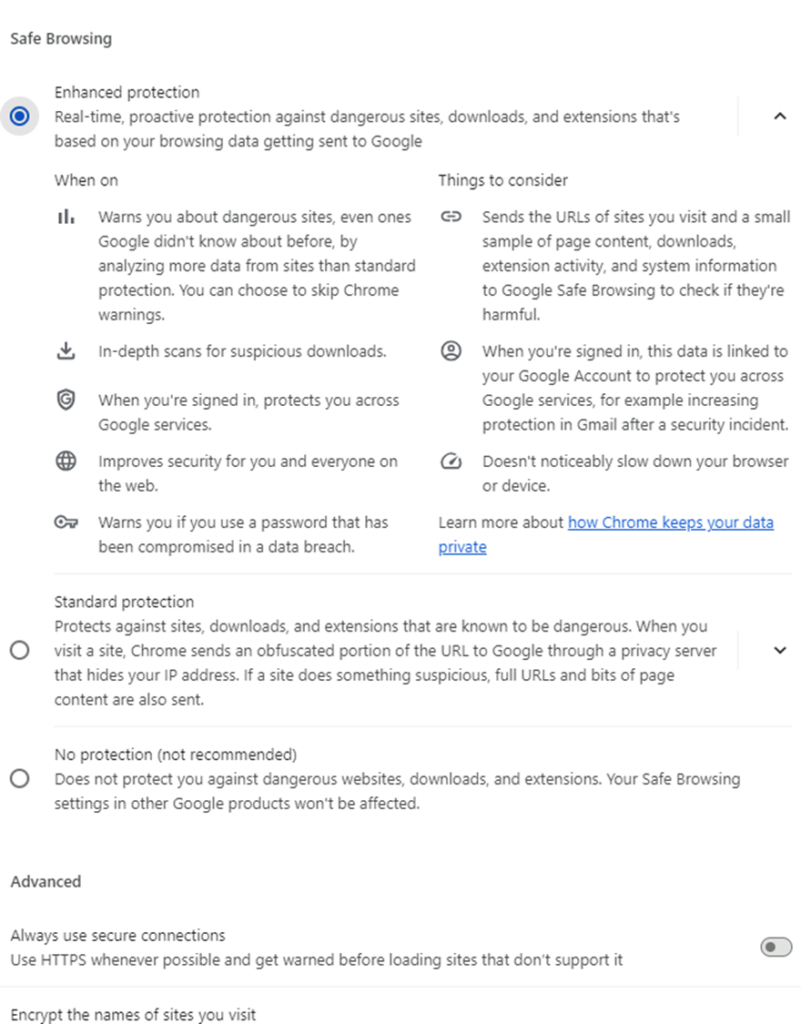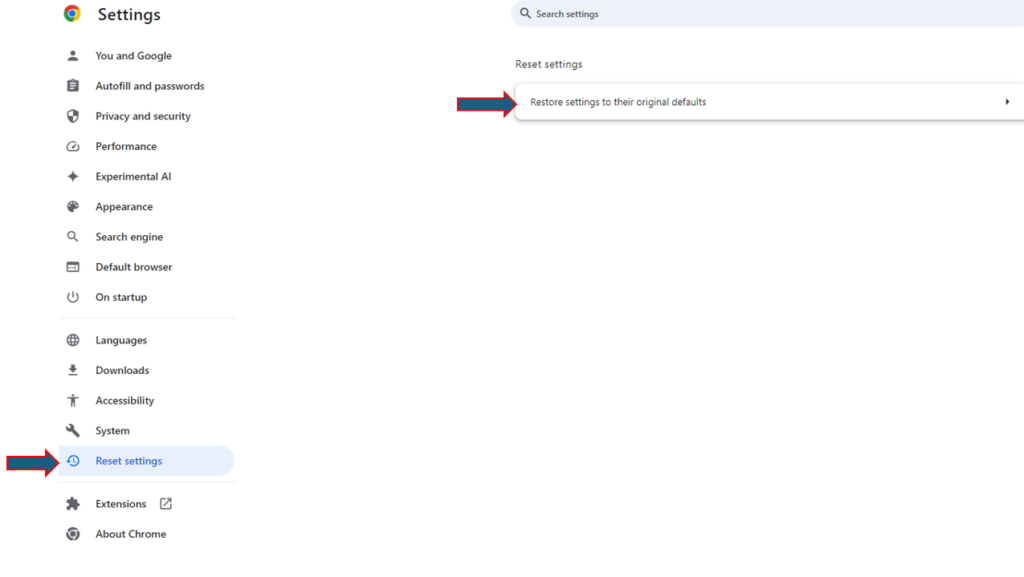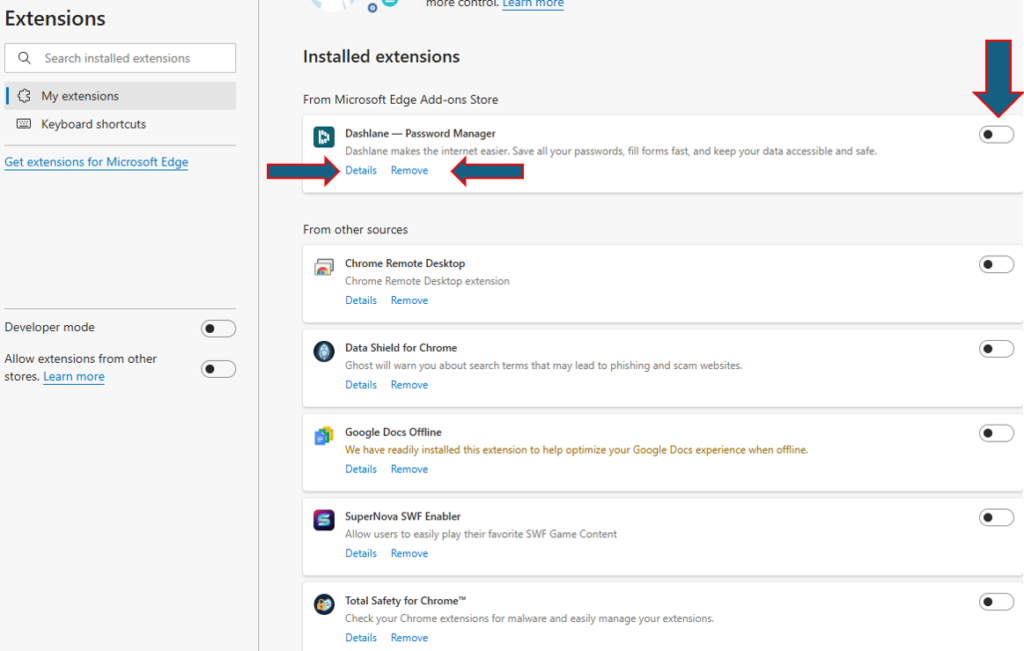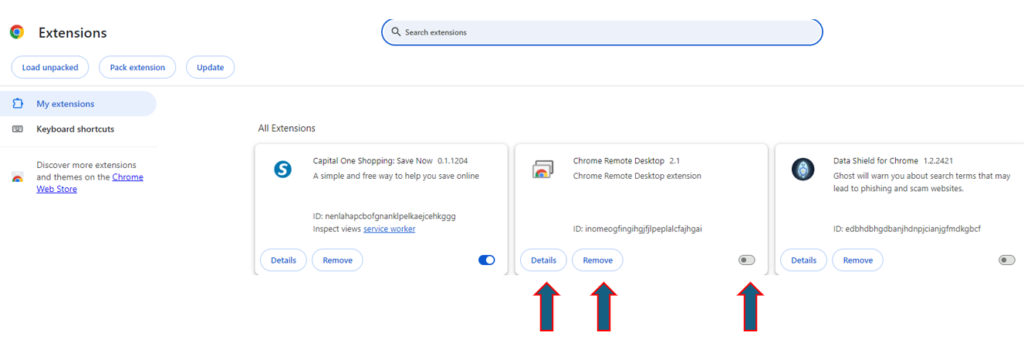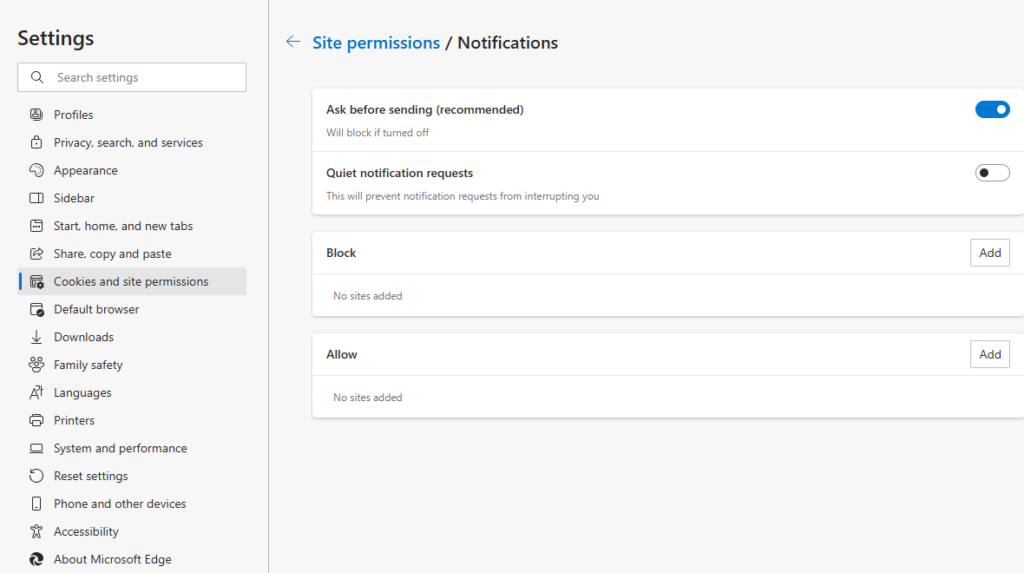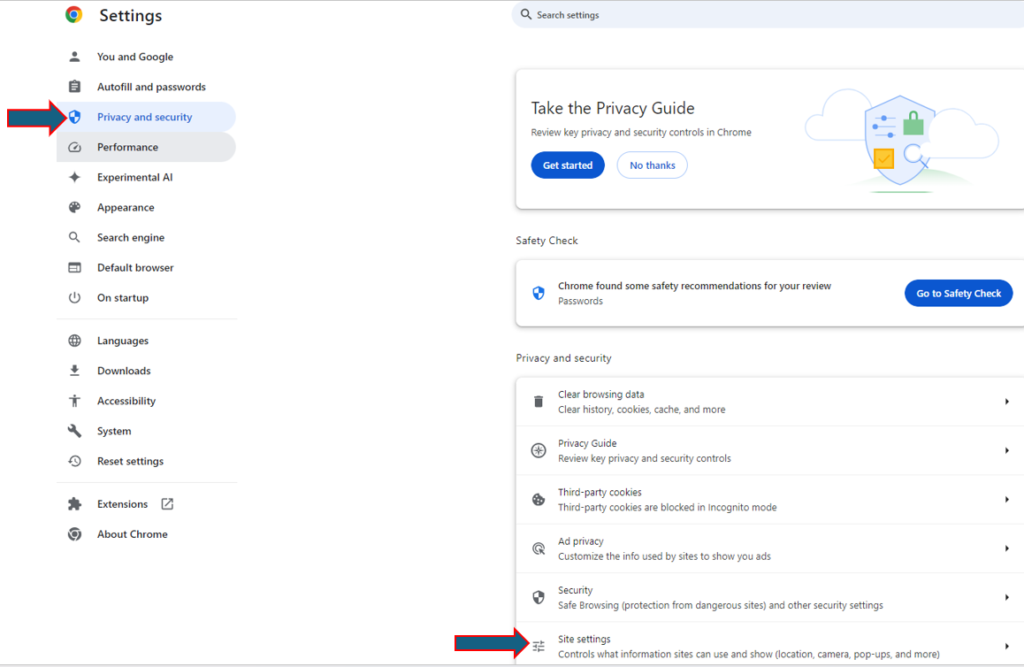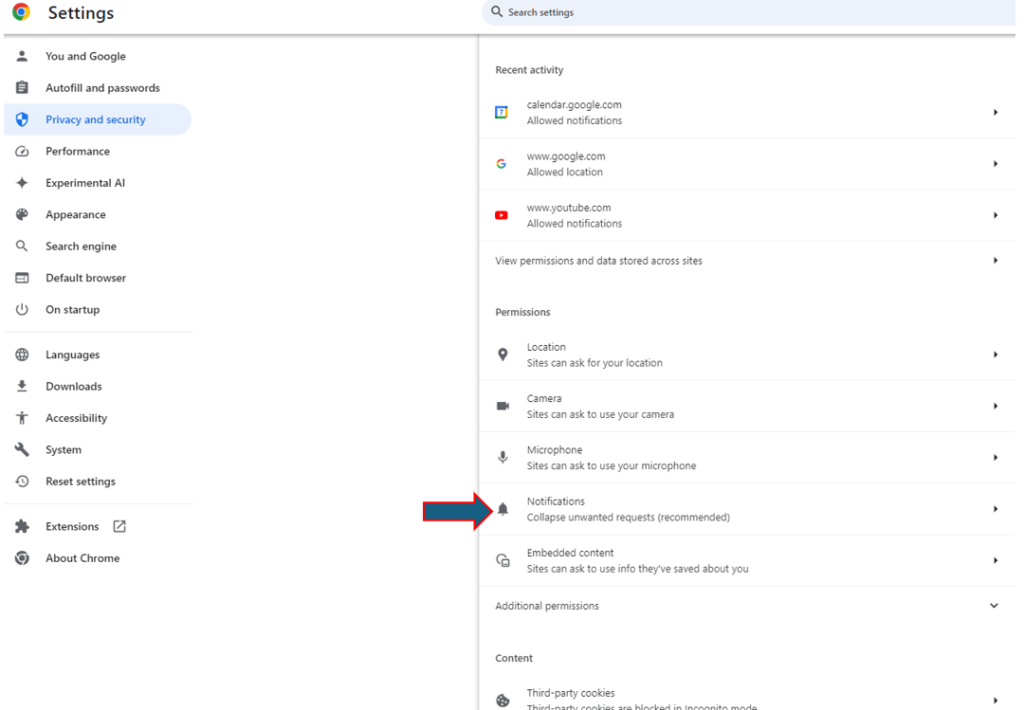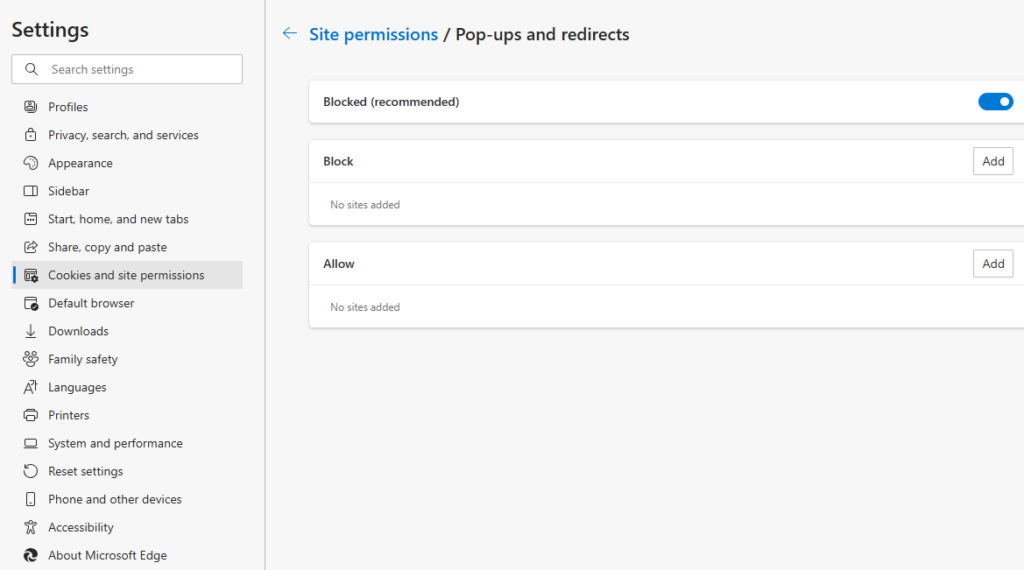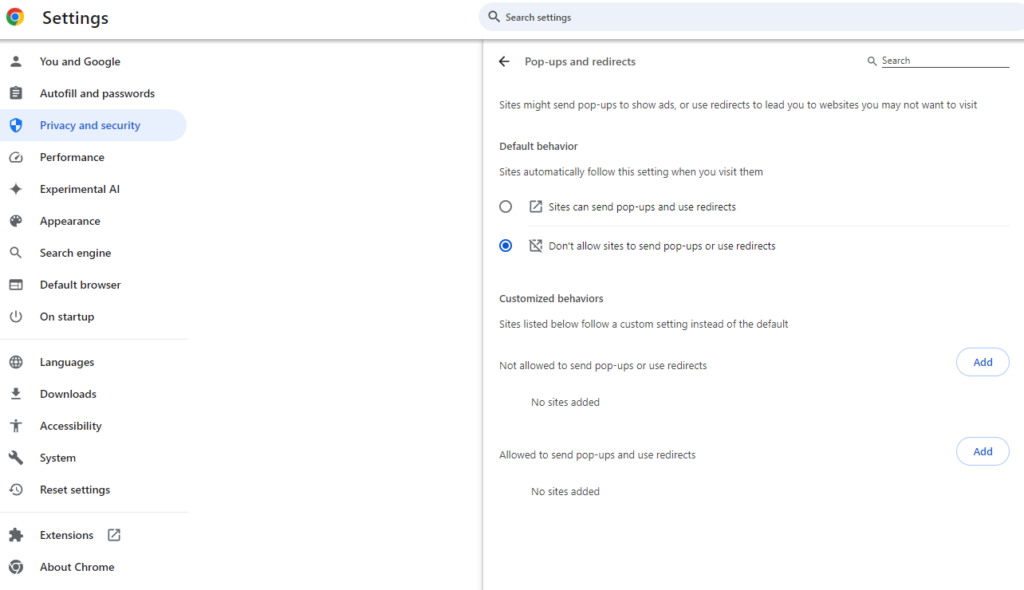Microsoft Windows Generic Product Keys are also called default keys, which allow you to install a specific Windows OS without needing your licensed product key. A good example is when you are replacing a motherboard or installing a VM. Please be advised that you can use such keys to install the OS, but not for activation.
Windows 11 Edition Generic Key
Windows 11 Home YTMG3-N6DKC-DKB77-7M9GH-8HVX7
Windows 11 Home N 4CPRK-NM3K3-X6XXQ-RXX86-WXCHW
Windows 11 Home Home Single Language BT79Q-G7N6G-PGBYW-4YWX6-6F4BT
Windows 11 Home Country Specific N2434-X9D7W-8PF6X-8DV9T-8TYMD
Windows 11 Pro VK7JG-NPHTM-C97JM-9MPGT-3V66T
Windows 11 Pro N 2B87N-8KFHP-DKV6R-Y2C8J-PKCKT
Windows 11 Pro for Workstations DXG7C-N36C4-C4HTG-X4T3X-2YV77
Windows 11 Pro for Workstations N WYPNQ-8C467-V2W6J-TX4WX-WT2RQ
Windows 11 Pro Education 8PTT6-RNW4C-6V7J2-C2D3X-MHBPB
Windows 11 Pro Education N GJTYN-HDMQY-FRR76-HVGC7-QPF8P
Windows 11 Education YNMGQ-8RYV3-4PGQ3-C8XTP-7CFBY
Windows 11 Education N 84NGF-MHBT6-FXBX8-QWJK7-DRR8H
Windows 11 Enterprise XGVPP-NMH47-7TTHJ-W3FW7-8HV2C
Windows 11 Enterprise N WGGHN-J84D6-QYCPR-T7PJ7-X766F
Windows 11 Enterprise G N FW7NV-4T673-HF4VX-9X4MM-B4H4T
Additionally, there are also product keys for KMS clients. If your OS is supposed to work with a KMS server, you must install the appropriate product key (GVLK) instead of the retail one. The keys are as follows.
KMS Client Product Keys for Windows 11
Windows 11 Edition KMS Client Key
Windows 11 Home TX9XD-98N7V-6WMQ6-BX7FG-H8Q99
Windows 11 Home N 3KHY7-WNT83-DGQKR-F7HPR-844BM
Windows 11 Home Home Single Language 7HNRX-D7KGG-3K4RQ-4WPJ4-YTDFH
Windows 11 Home Country Specific PVMJN-6DFY6-9CCP6-7BKTT-D3WVR
Windows 11 Pro W269N-WFGWX-YVC9B-4J6C9-T83GX
Windows 11 Pro N MH37W-N47XK-V7XM9-C7227-GCQG9
Windows 11 Pro for Workstations NRG8B-VKK3Q-CXVCJ-9G2XF-6Q84J
Windows 11 Pro for Workstations N 9FNHH-K3HBT-3W4TD-6383H-6XYWF
Windows 11 Pro Education 6TP4R-GNPTD-KYYHQ-7B7DP-J447Y
Windows 11 Pro Education N YVWGF-BXNMC-HTQYQ-CPQ99-66QFC
Windows 11 Education NW6C2-QMPVW-D7KKK-3GKT6-VCFB2
Windows 11 Education N 2WH4N-8QGBV-H22JP-CT43Q-MDWWJ
Windows 11 Enterprise NPPR9-FWDCX-D2C8J-H872K-2YT43
Windows 11 Enterprise N DPH2V-TTNVB-4X9Q3-TJR4H-KHJW4
Windows 11 Enterprise G YYVX9-NTFWV-6MDM3-9PT4T-4M68B
Windows 11 Enterprise G N 44RPN-FTY23-9VTTB-MP9BX-T84FV
Windows 11 Enterprise LTSC 2019 M7XTQ-FN8P6-TTKYV-9D4CC-J462D Windows 11 Enterprise N LTSC 2019 92NFX-8DJQP-P6BBQ-THF9C-7CG2H
Once you have installed Windows 11 with a generic product key, you may need to replace the installed product key with the one that allows activation, e.g. with your retail key. If you have a digital license linked to your Microsoft Account, the operating system will automatically use a generic key after you login your Microsoft account.
For Windows 10
Windows 10 Pro W269N-WFGWX-YVC9B-4J6C9-T83GX
Windows 10 Pro N MH37W-N47XK-V7XM9-C7227-GCQG9
Windows 10 Home – YTMG3-N6DKC-DKB77-7M9GH-8HVX7
For Server
Windows Server v1809
Operating system edition KMS Client Setup Key
Windows Server Datacenter 6NMRW-2C8FM-D24W7-TQWMY-CWH2D
Windows Server Standard N2KJX-J94YW-TQVFB-DG9YT-724CC
Windows Server v1803
Operating system edition KMS Client Setup Key
Windows Server Datacenter 2HXDN-KRXHB-GPYC7-YCKFJ-7FVDG
Windows Server Standard PTXN8-JFHJM-4WC78-MPCBR-9W4KR
Windows Server v1709
Operating system edition KMS Client Setup Key
Windows Server Datacenter 6Y6KB-N82V8-D8CQV-23MJW-BWTG6
Windows Server Standard DPCNP-XQFKJ-BJF7R-FRC8D-GF6G4
Product keys for Windows Server LTSC/LTSB versions
Windows Server 2019
Operating system edition KMS Client Setup Key
Windows Server 2019 Datacenter WMDGN-G9PQG-XVVXX-R3X43-63DFG
Windows Server 2019 Standard N69G4-B89J2-4G8F4-WWYCC-J464C
Windows Server 2019 Essentials WVDHN-86M7X-466P6-VHXV7-YY726
Windows Server 2016
Operating system edition KMS Client Setup Key
Windows Server 2016 Datacenter CB7KF-BWN84-R7R2Y-793K2-8XDDG
Windows Server 2016 Standard WC2BQ-8NRM3-FDDYY-2BFGV-KHKQY
Windows Server 2016 Essentials JCKRF-N37P4-C2D82-9YXRT-4M63B
Please view this YouTube:




